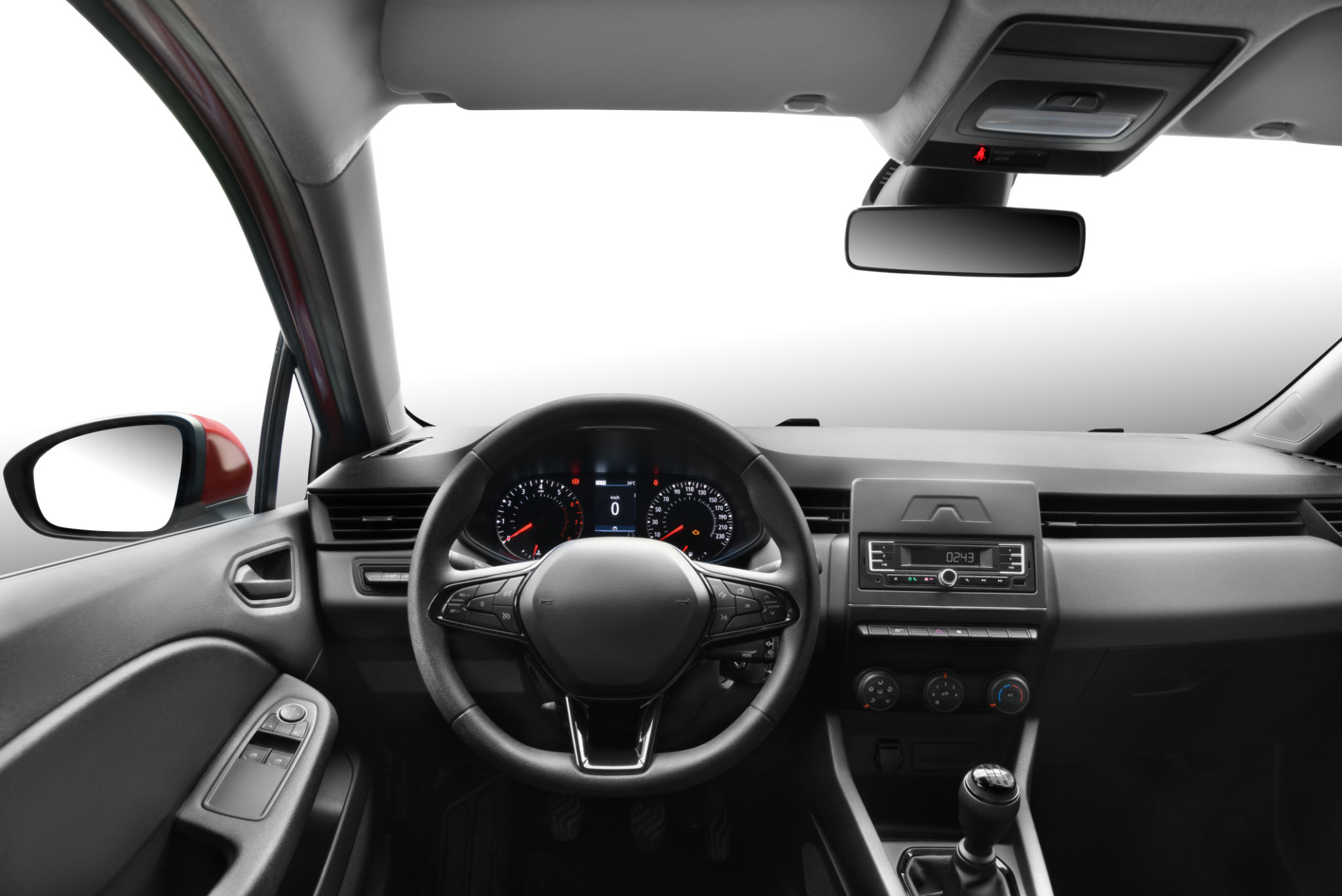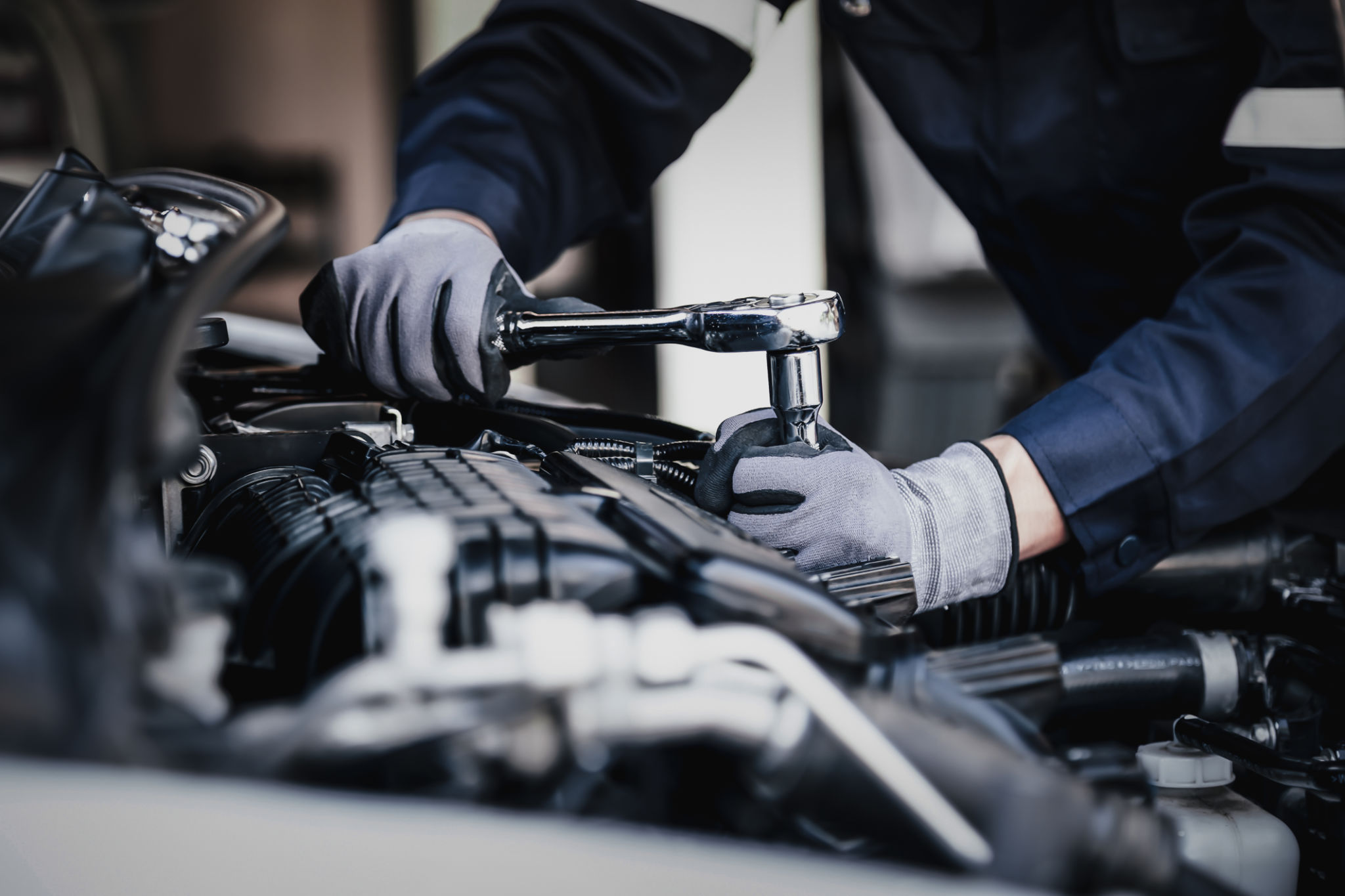A Step-by-Step Guide to DIY Engine Light Scans in Bristol
Understanding the Engine Light
Seeing the engine light illuminated on your dashboard can be a source of anxiety for many drivers. However, understanding what this light means and how to address it can save you time and money. The engine light, also known as the check engine light, is a signal from your car’s engine control unit (ECU) that something is not quite right.
In Bristol, where diverse weather conditions might affect your vehicle’s performance, knowing how to read engine light codes is particularly beneficial. These codes can indicate anything from a loose gas cap to more serious engine problems.

Tools You’ll Need
Performing a DIY engine light scan in Bristol doesn’t require an expensive toolkit. Here’s a list of basic items you’ll need to get started:
- OBD-II Scanner: This is the primary tool used to read engine codes. It connects to your vehicle’s OBD-II port and retrieves diagnostic information.
- User Manual: Your car’s manual can provide valuable information about the location of the OBD-II port and basic troubleshooting tips.
- Notebook or Phone: To record the diagnostic codes for further research or discussion with a professional mechanic.
Locating the OBD-II Port
The OBD-II port is usually located under the dashboard on the driver’s side. In some cars, it might be hidden behind a panel. Consult your vehicle's manual if you have trouble locating it.
Once you find the port, ensure your car is turned off before connecting the scanner. This precaution helps protect both your vehicle's systems and the scanner from potential damage.

Scanning for Engine Codes
With the OBD-II scanner connected, turn on your vehicle without starting the engine. The scanner will power up and initiate a connection with the car’s ECU. Follow these steps to retrieve the diagnostic codes:
- Select “Read Codes” from the scanner’s menu.
- Wait for the scanner to communicate with the ECU and display any fault codes.
- Record these codes; they typically appear as a combination of letters and numbers, such as P0171 or C1234.
Interpreting the Results
Once you have the codes, you can use them to determine what might be wrong with your vehicle. Many scanners provide a brief description of each code, but it’s often necessary to look them up online for more detailed information.
Websites like OBD-Codes.com offer comprehensive databases where you can find explanations for each code. This step is crucial for deciding whether you can handle the issue yourself or need professional assistance.

Troubleshooting Simple Issues
Some problems identified by diagnostic codes are simple fixes. For instance, a P0456 code might indicate a minor leak in the EVAP system, often resolved by tightening the gas cap. Always address these straightforward issues first as they might clear the engine light without further intervention.
If the light remains on after solving a minor issue, it might be necessary to clear the codes using the scanner’s “Erase Codes” feature. This action resets the ECU, turning off the engine light if no other issues persist.
When to Seek Professional Help
While many minor issues can be resolved on your own, certain diagnostic codes might indicate serious problems requiring expert attention. If your vehicle exhibits unusual noises, reduced performance, or persistent engine lights after addressing minor issues, consult a professional mechanic in Bristol.
Professional diagnostics can provide deeper insights into complex problems that DIY tools might not fully detect or interpret accurately.

Maintaining Vehicle Health
Regular maintenance and frequent checks can prevent many issues that trigger the engine light. Keeping up with scheduled oil changes, air filter replacements, and other routine services will help maintain your vehicle's health and performance.
In Bristol, where varying climate conditions can affect car performance, consider seasonal checks to ensure that your vehicle remains in optimal condition all year round.
